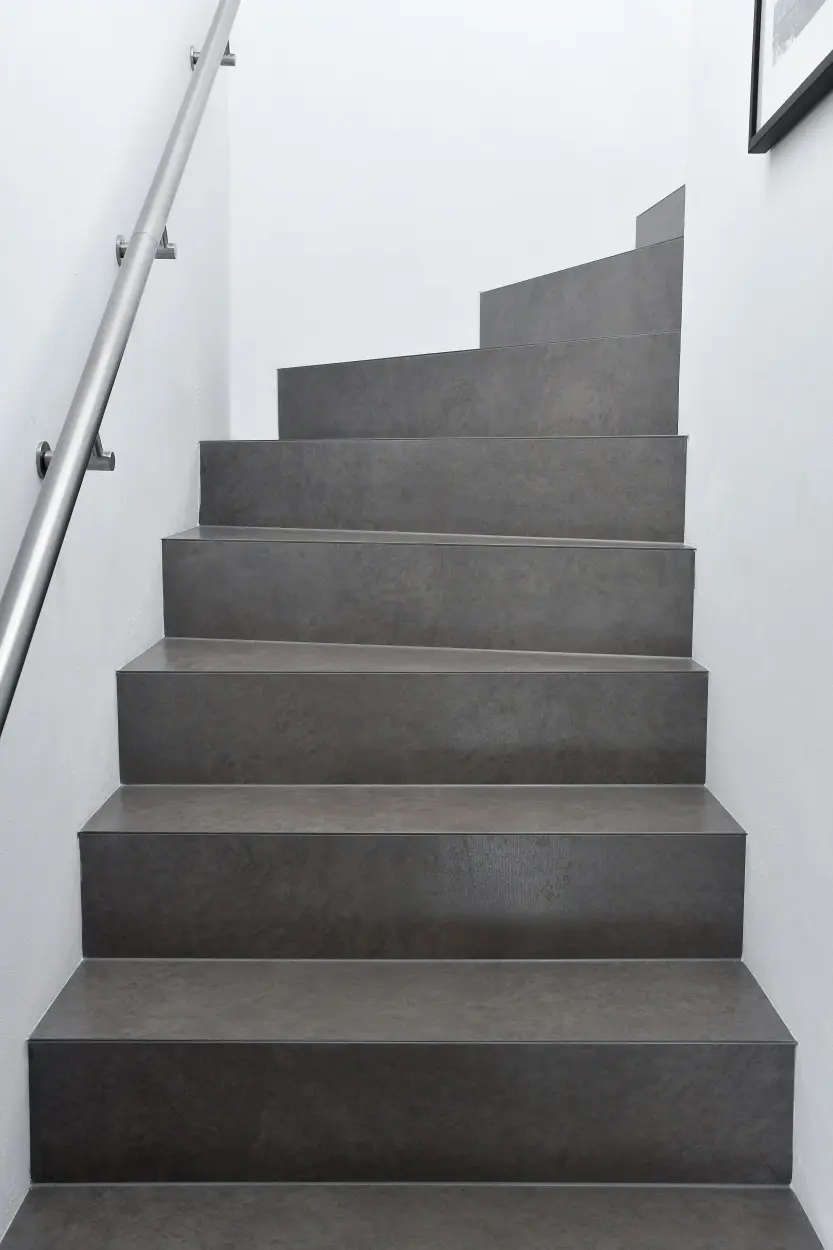
Topcoat
Sharing similarities with gelcoat, topcoat is relatively highly viscous and fluid. Its primary function is not to serve as traditional paint, but as a protective layer that enhances the durability and longevity of the laminate, ensuring it withstands various environmental factors and wear over time.
Product Features
- Serves as a protective and top layer for the inner gelcoat of the laminate
- Is available on epoxy resin and polyester resin basis
- The material is quite viscous (high viscosity)
- The curing process results in a tack-free finish
- Applied as the last layer to the sanded and therefore rough side of the laminate
- For topcoat repairs on boat and body parts, this layer provides a scratch-resistant and smooth surface
Reference project
Product Applications
- Nautical sector
- Hand layup
- Resin infusion
- Pattern-making
- Tooling
- Coating
- Casting
- Used as a varnish, but must be sanded and polished several times to achieve a mirror-smooth surface
- Used for sealing wood as well as a canvas in resin art
- Product Performance & Applications
- Certification & Compliance
- Installation & Handling
- Are your meshes suitable for high-load areas?
- Can your reinforcements be used in chemically aggressive environments like parking garages or industrial floors?
- Why is CE certification important?
- Which products are CE-certified for screed reinforcement?
- Is special equipment needed to install these reinforcements?
- Can your meshes be cut on site?
-
solidian Primafloor 130, 145, 340
-
solidian Primafloor C220 and B215
-
solidian ANTICRACK Q43/Q47/Q85/Q95
-
solidian Briksy Carbon
frequently asked questions
Absolutely. Both structural solutions (e.g. solidian ANTICRACK) and screed meshes (e.g. solidian Primafloor) are tested for mechanical performance and crack control under dynamic and static loads.
Yes. Products like solidian ANTICRACK and REMAT are engineered for high-performance use, including resistance to chemicals, de-icing salts, and water ingress. They are ideal for parking decks, warehouses, and production halls.
CE marking ensures compliance with European safety, health, and environmental protection standards. It also simplifies specification in public or regulated construction projects.
The CE-certified group includes:
This covers most standard applications on the market.




